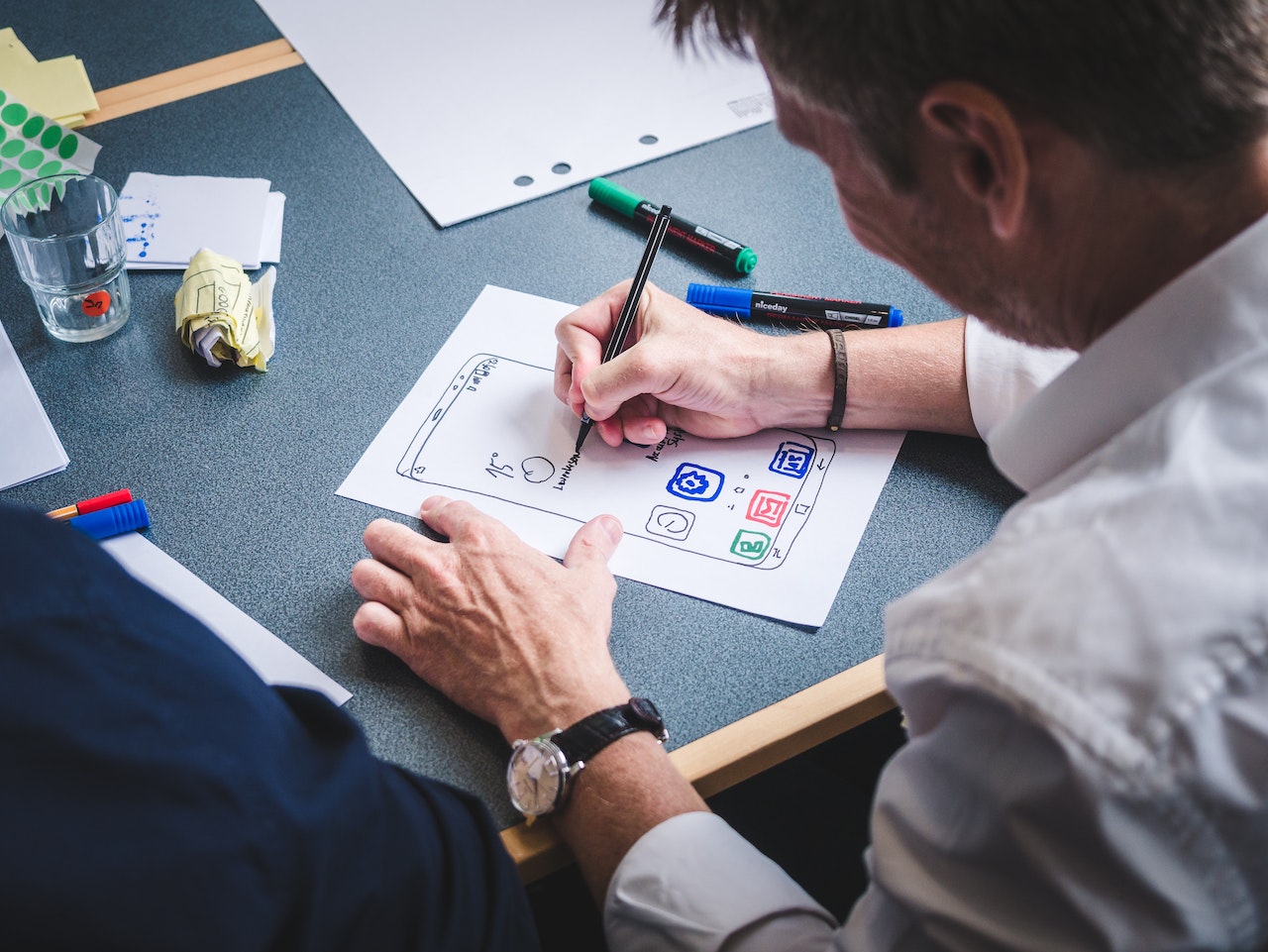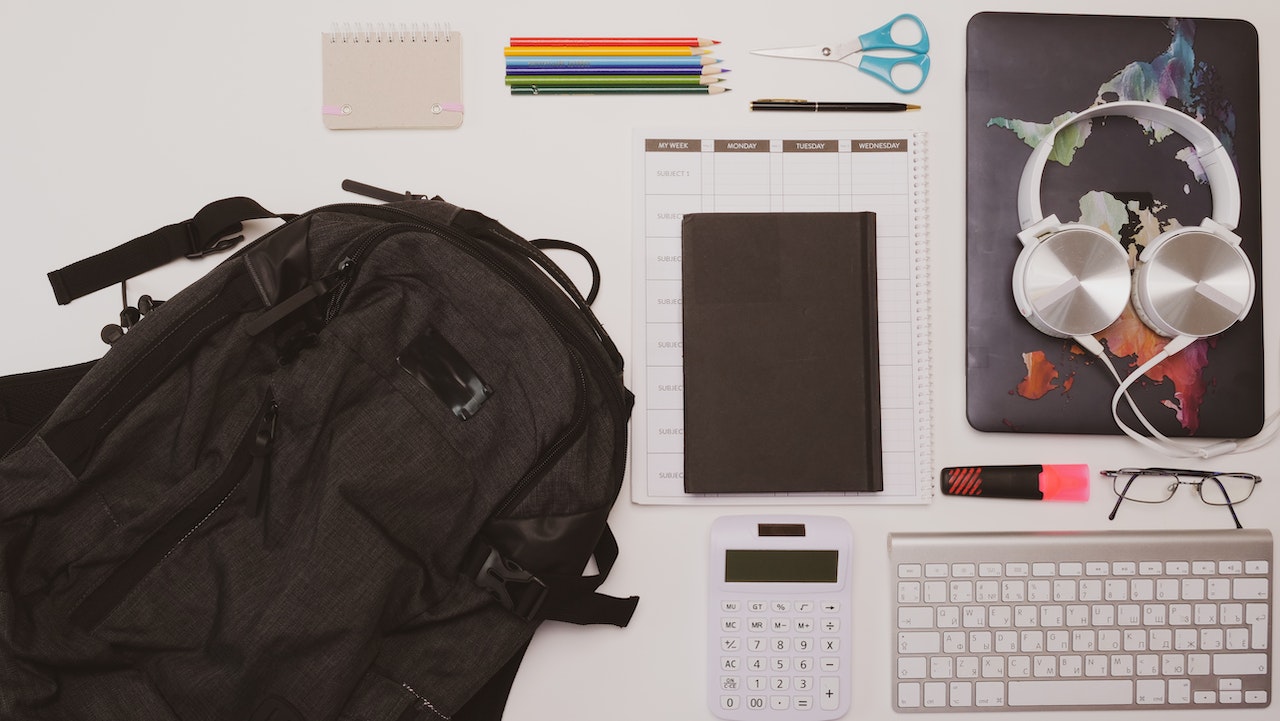The Importance of Visual Design: Enhancing Communication and Captivating Audiences
Jun 13, 2023
Image by (pexels)
Visual design plays a pivotal role in various aspects of our lives, from advertising and marketing to web design and product packaging. But why is visual design so important? In this article, we will explore the significance of visual design and how it can enhance communication and captivate audiences.
Communication Reinvented: Visual design is a powerful tool for communication. It allows us to convey complex messages and ideas in a visually appealing and easily understandable way. Through the use of colors, typography, images, and layout, visual design enables us to grab attention, organize information, and guide the viewer's understanding. It helps distill complex concepts into digestible visuals, making communication more efficient and effective.
Creating Memorable Experiences: Visual design has the ability to create memorable experiences that leave a lasting impression on audiences. Whether it's a beautifully designed website, a striking logo, or a captivating advertisement, visually appealing designs grab attention and engage viewers on an emotional level. Memorable designs increase brand recall, inspire positive associations, and encourage repeat interactions. A well-executed visual design can make a brand or message stand out from the competition.
Enhancing User Experience: In today's digital era, user experience is paramount. Visual design plays a crucial role in creating intuitive and user-friendly interfaces. Well-designed user interfaces guide users through a seamless and enjoyable journey, enhancing their overall experience. Thoughtful use of visual hierarchy, clear navigation, and aesthetically pleasing visuals contribute to a positive user experience. When users have a pleasant experience, they are more likely to engage with the content, explore further, and convert into loyal customers.
Evoking Emotional Connections: Visual design has the power to evoke emotions and create strong connections with audiences. Colors, shapes, and imagery can trigger specific feelings and associations. By strategically using visual elements, designers can tap into the emotional aspects of human psychology and influence the way people perceive and interact with a brand or message. Emotional connections foster brand loyalty, advocacy, and long-term relationships.
Establishing Credibility and Trust: Visual design plays a significant role in establishing credibility and trust. A professionally designed visual identity, including logos, website designs, and marketing materials, signals that a brand is reliable, reputable, and committed to quality. Consistent and visually appealing designs create a sense of professionalism and attention to detail, instilling trust in audiences. On the other hand, poor visual design can undermine a brand's credibility and deter potential customers.
Differentiating from the Competition: In a crowded marketplace, visual design serves as a powerful tool for differentiation. A well-executed visual identity sets a brand apart from competitors and creates a unique and recognizable presence. By crafting a distinct visual language that aligns with the brand's values and target audience, designers can help businesses stand out, attract attention, and make a memorable impact.
In conclusion, visual design is undeniably crucial in various aspects of our lives. From enhancing communication and creating memorable experiences to improving user experience and evoking emotional connections, visual design is an essential element in effective communication and successful branding. By investing in thoughtful and visually appealing designs, businesses can captivate audiences, establish credibility, and build strong connections that drive long-term success.
Ready to get started?
Get Started









